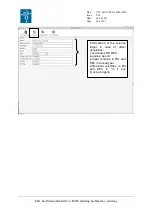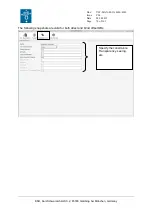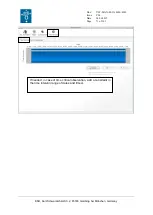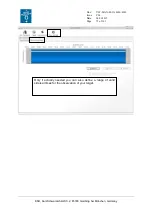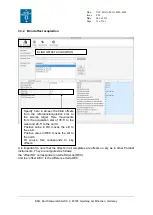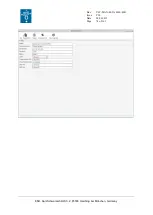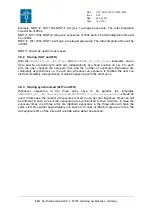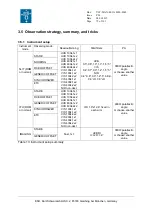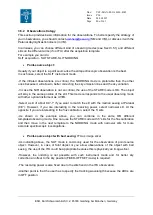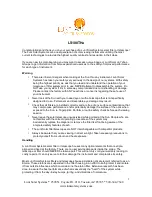
Doc:
Issue
Date
Page
VLT-MAN-ESO-14650-4942
P96
24.06.2015
82 of 161
ESO, Karl-Schwarzschild-Str. 2, 85748 Garching bei München, Germany
Imaging mode
In P93 the imaging mode of XSHOOTER will be offered. It has to be combined to slit or IFU
observations for science OBs.
The structure of the OB could be like this:
Slit acquisition-stare imaging template1 with filter V 4 exposures of 2s- stare imaging
template2 with filter I 3 exposures of 1s-slit nodding observations- stare imaging template3
with filter V…
They will be useful in case of variable objects like the GRBs. The snapshots saved at each
position during the acquisition sequence used from P88 to P92 are discontinued in P93.
3.5.3 Telluric standard stars and telluric lines correction (see also Sect.6.6.1)
The user should specify in the README of their observation, which kind of telluric standard
star is needed for the science observation. The telluric standard stars are in P89 as in the
previous periods automatically observed in service mode in the Observatory time.
Currently the telluric standard stars observed by the Observatory should have about 10000
ADUs in the middle of the brightest orders of each arm (S/N~50-100).
If the user needs the observation of a specific star or needs very high signal to noise,
corresponding calibration OBs should be prepared and submitted. The corresponding time
will be charged to his/her program.
In addition, the Observatory does not provide observations of telluric standard stars with slits
of 5”.
Up to P90
, for saving time by default in service mode, the telluric standard stars are
observed in (IFU or SLIT) stare mode. If the users need other kind of observations, they
should indicate it in the README or better supply their own OBs. The Observatory already
spend about 10% of the available time for taking telluric standard stars spectra, a change
from stare to nodding mode would increase by 25% this time spent.
In P91
, the slit telluric standard stars observations will be performed in nodding mode but
with the fast readout modes in UVB/VIS arms irrespective to the readout speed used in the
science OB. The binning will match the one of the science OB.
Such kind of change should increase by about 10% the time spent on telluric standard stars
observations. However despite the use of the fast readout modes, the SNR will not be
dramatically modified and the telluric, sky, background and bad pixels corrections will be
improved.
This modification in the strategy of the telluric standard stars observations is mostly relevant
for the bright objects.
Starting with P93 a new software tool is available to correct the telluric lines.
It is reachable at:
http://www.eso.org/sci/software/pipelines/skytools/
3.5.4 Observing bright objects, limiting magnitudes, and the diaphragm mode
With respect to the previous periods, it was found that some of the proposed objects are too
bright for doing their observation with XSHOOTER.
In particular, do not forget that the minimum DIT in the infrared is 0.66s, this means that no
DIT lower than 0.66s exist and the IRACE controller will transform DIT shorter than 0.66s to
0.66s integration.


